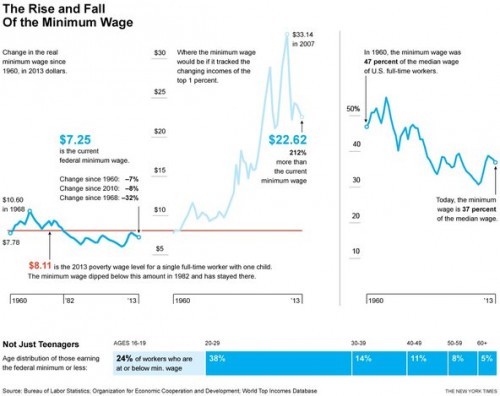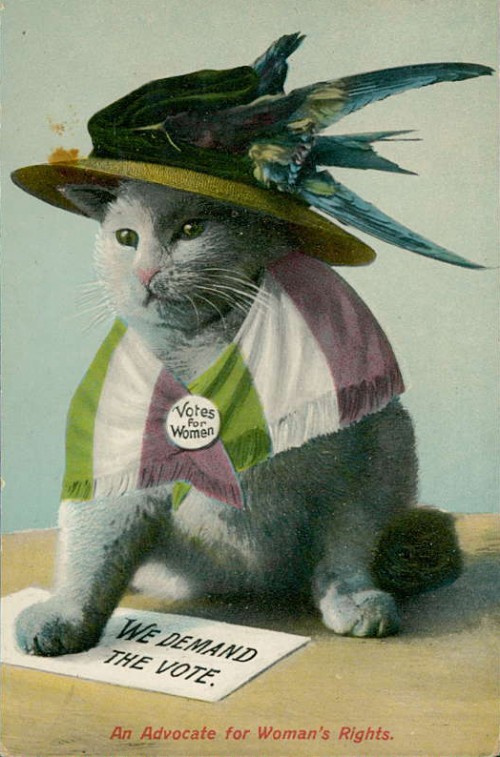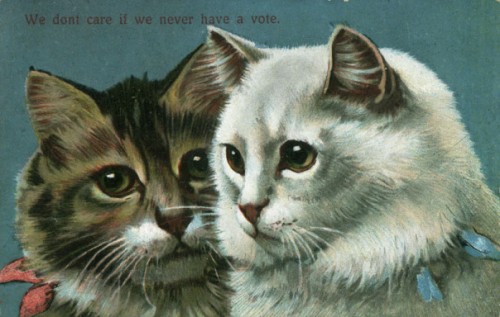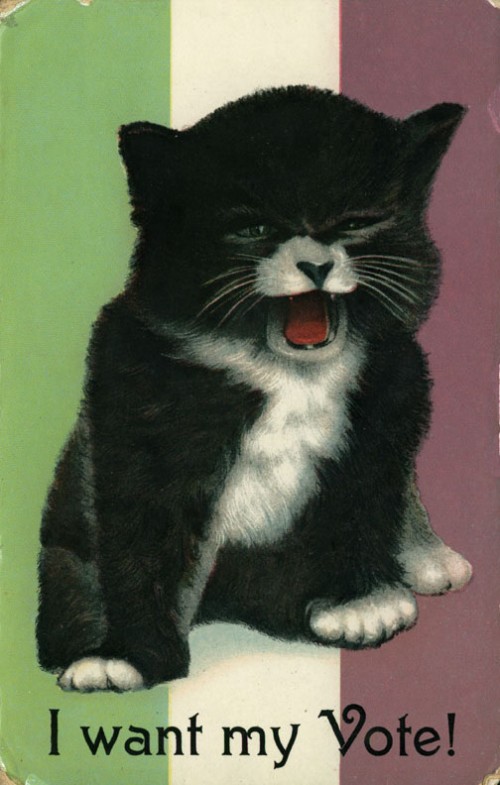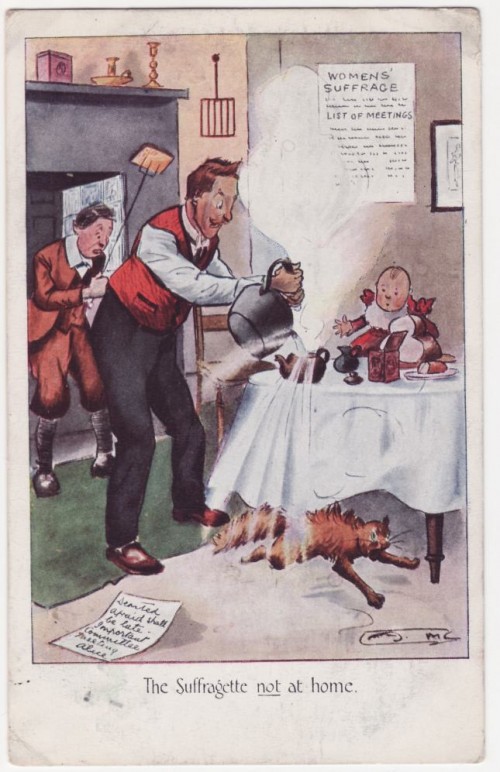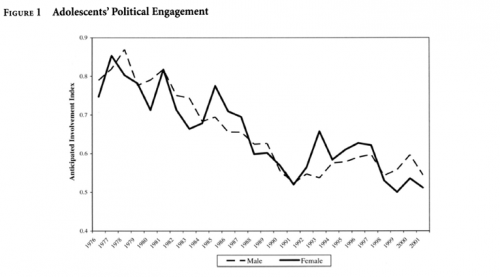The federal minimum wage is $7.25 an hour. Several states mandate a higher minimum wage; the state of Washington has the highest, at $9.19.
President Obama recently voiced his support for efforts to increase the minimum wage to $10.10. The federal minimum wage was last raised in 2009 and certainly needs to be increased again. The fact is that the federal minimum wage has not kept up with inflation. As the New York Times graphic below shows, the current minimum wage is, when adjusted for inflation, 32% below what it was in 1968. It is 8% below what it was in 2010. In other words, those earning the minimum wage are suffering a real decline in income.
As for the appropriate value, why not $22.62? That, as the graphic illustrates, is what the minimum wage would be if it grew at the same rate as the income of the top 1%. Alan Pyke explains:
[Such a large increase] may seem outlandish, but previous research indicates American workers have just about earned it. Worker productivity has more than doubled since 1968, and if the minimum wage had kept pace with productivity gains it would have been $21.72 last year. From 2000 to 2012 alone workers boosted their productivity by 25 percent yet saw their earnings fall rather than rise, leading some economists to label the early 21st century a lost decade for American workers.
Looked at from that perspective the current movement for a $15 hourly wage at fast food restaurants sounds reasonable.
Martin Hart-Landsberg is a professor of economics at Lewis and Clark College. You can follow him at Reports from the Economic Front.

